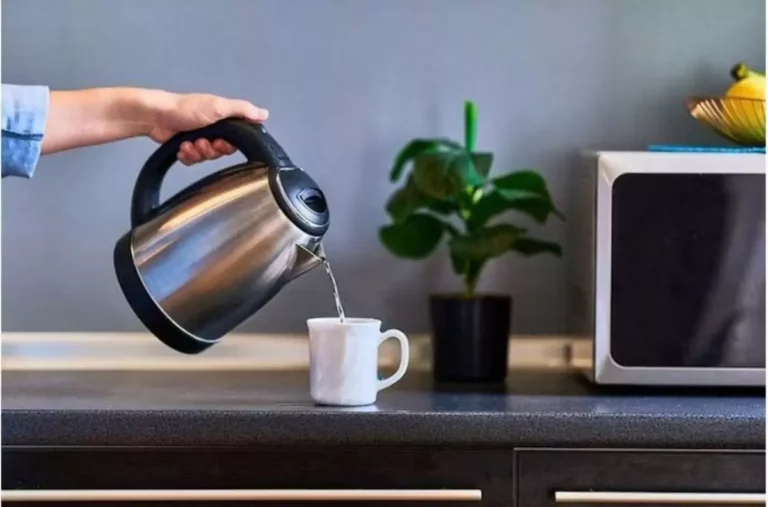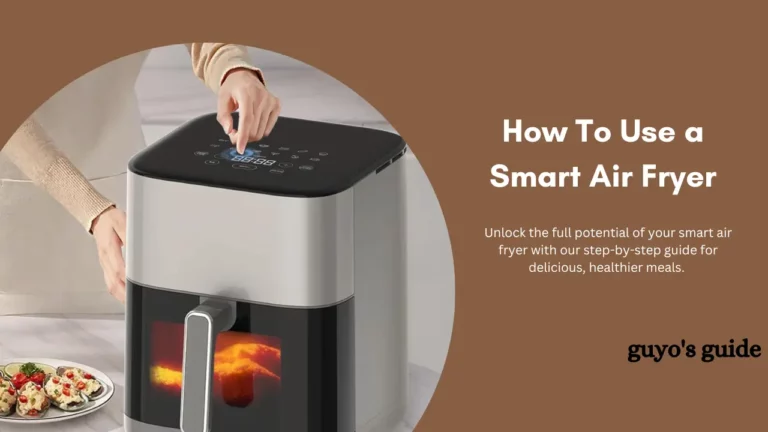17 Japanese Dining Etiquette Rules Every Diner Should Know
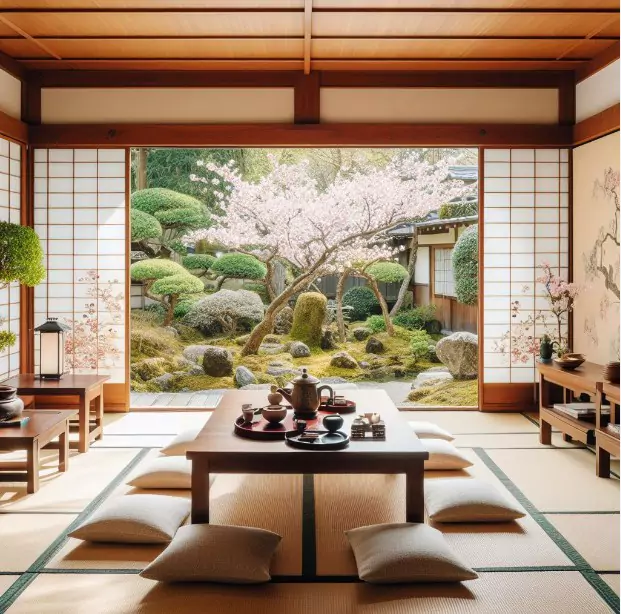
Konnichiwa!
Have you ever wondered about Japanese dining etiquette?
Join us on a journey through the fascinating world of Japanese table manners and customs.
From chopstick etiquette to traditional dining rituals, we’ll uncover the secrets to enjoying a meal the Japanese way.
Let’s dive in!
1. Remove Shoes Upon Entry
When entering a Japanese home or traditional dining establishment, it’s customary to remove your shoes.
This practice maintains cleanliness and respects the space, as outdoor shoes can track in dirt and germs.
2. Use Oshibori (Hot Towel) to Clean Hands
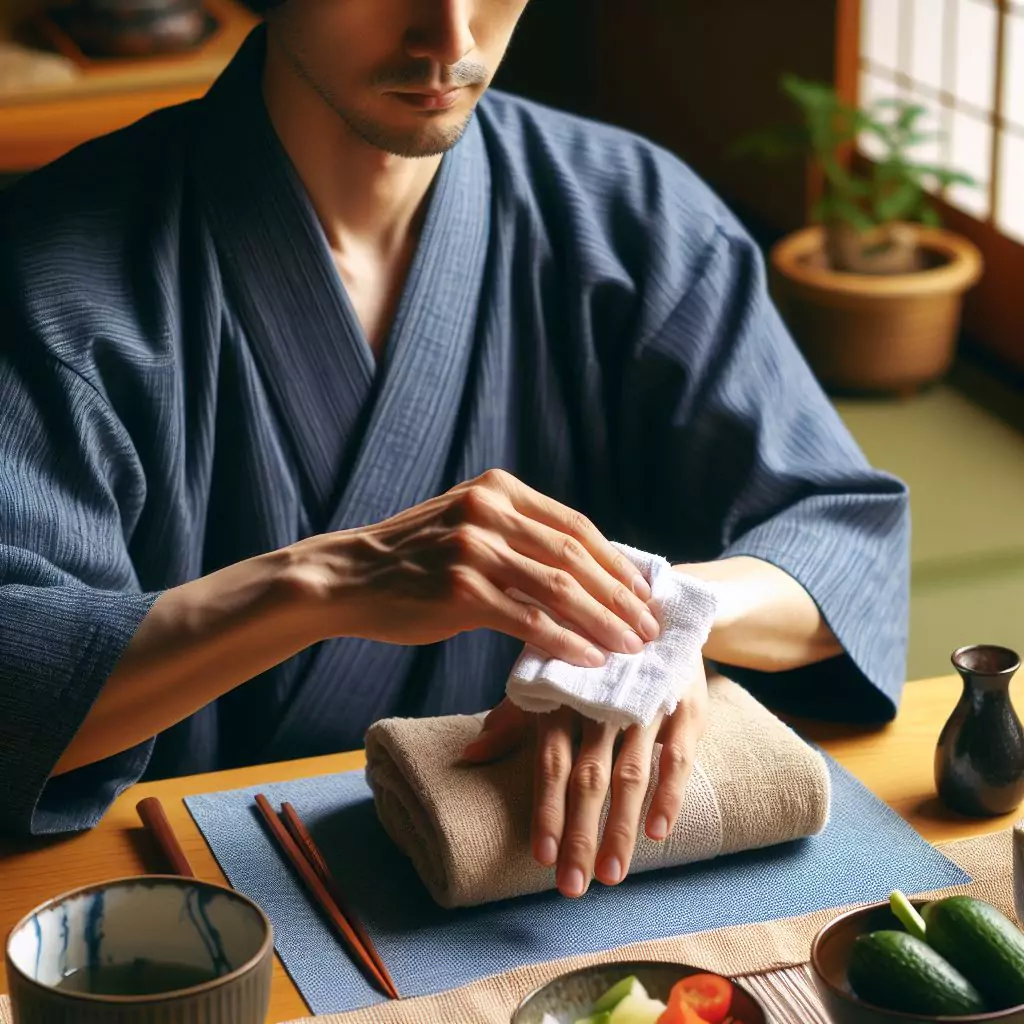
Before starting the meal, a hot towel called oshibori is often provided to clean your hands.
Use it to freshen up and ensure cleanliness before handling utensils and food.
3. Sit on Floor Cushions (Zabuton)
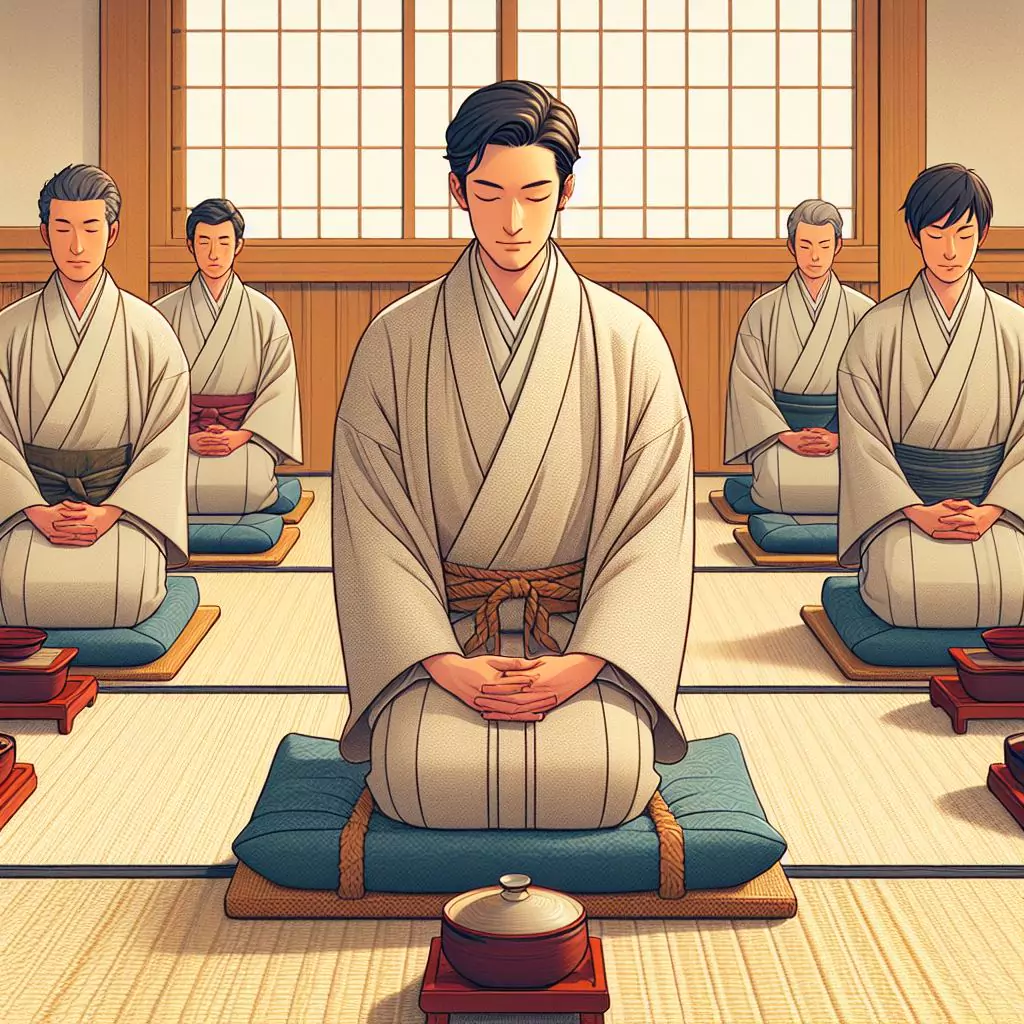
Traditional Japanese dining often involves sitting on floor cushions known as zabuton.
It’s polite to sit properly and avoid sprawling or leaning excessively, maintaining a respectful and harmonious posture.
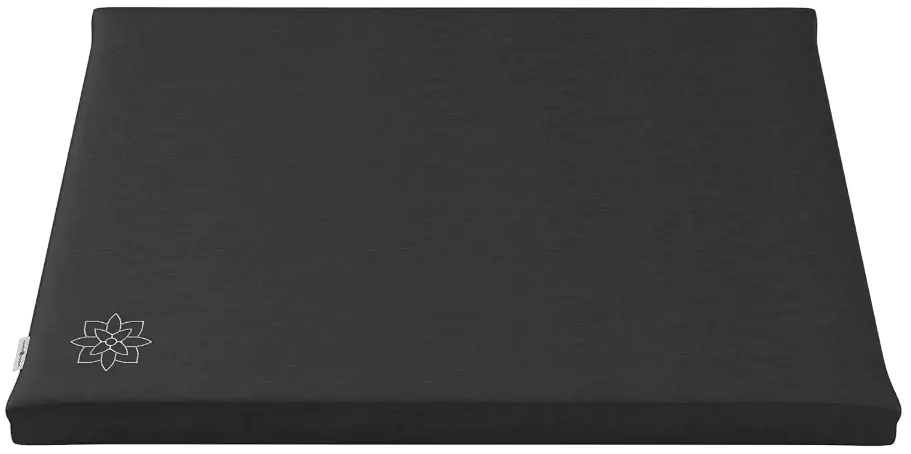
4. Follow Proper Chopstick Etiquette
When using chopsticks, hold them correctly and avoid using them to point or gesture.
It’s also important to avoid spearing food with chopsticks, as this is considered impolite.
5. Refrain from Sticking Chopsticks Vertically
After using chopsticks, never stick them upright in a bowl of rice or food. This act resembles a funeral ritual and is considered highly disrespectful.
6. Do Not Pass Food Using Chopsticks
When sharing food, use serving utensils or the opposite end of your chopsticks to transfer food to others’ plates. Passing food directly with chopsticks is seen as bad luck.
7. Pour Drinks for Others
In Japanese dining etiquette, it’s customary to pour drinks for others before filling your own glass.
This gesture shows respect and care for your dining companions.
8. Say “Itadakimasu” Before Eating
Before beginning your meal, it’s polite to say “Itadakimasu,” which expresses gratitude for the food you are about to eat.
This simple phrase acknowledges the effort that went into preparing the meal.
9. Avoid Slurping Noodles Silently
When eating noodles like ramen or soba, it’s acceptable—and even encouraged—to slurp them audibly.
This shows appreciation for the food’s flavors and helps cool hot noodles.
10. Finish All Food in Your Bowl
In Japanese culture, leaving food in your bowl is considered wasteful and disrespectful. Try to finish everything served to you as a sign of appreciation for the meal.
11. Place Chopsticks Correctly After Eating
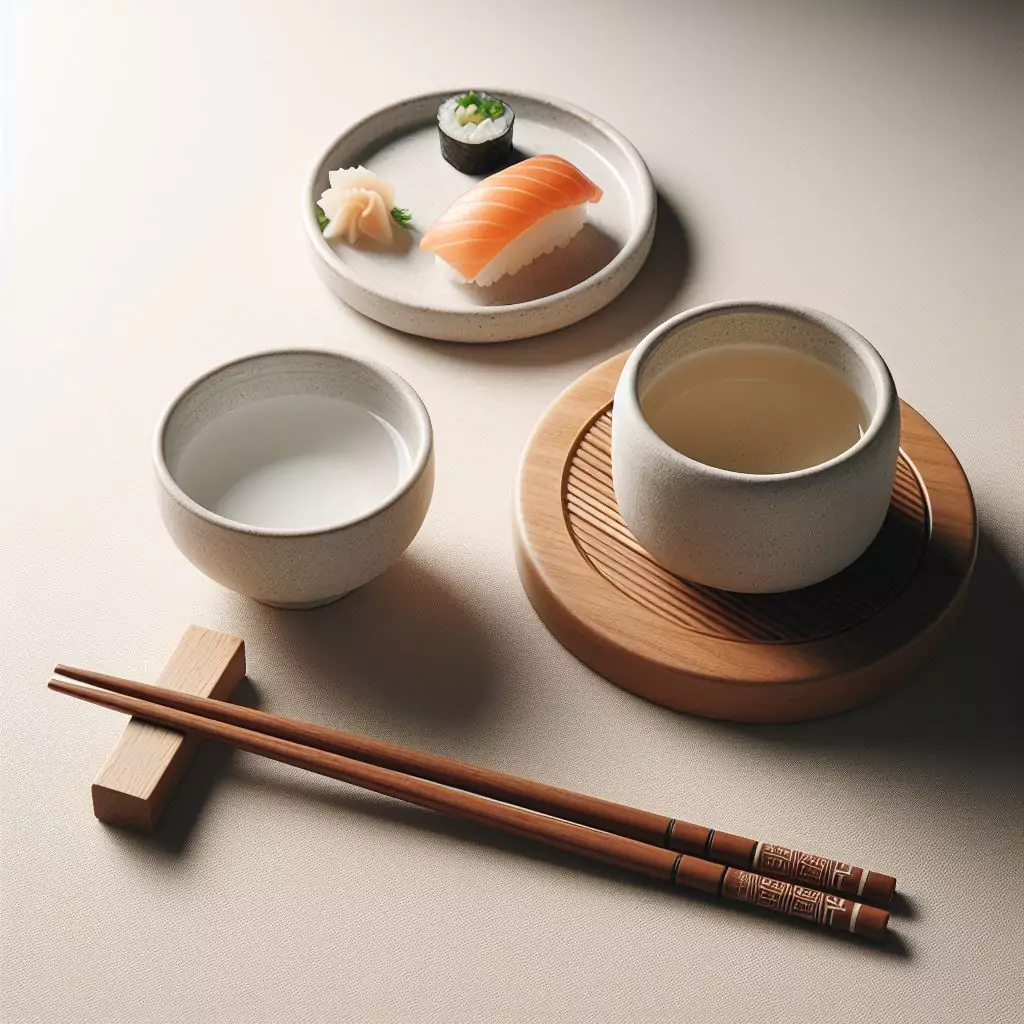
After finishing your meal, place your chopsticks parallel to each other on the chopstick rest or on the edge of your plate. Avoid crossing them, as this symbolizes death.
12. Respectful Interactions with Servers
When interacting with servers or restaurant staff, it’s essential to be respectful and polite.
Use phrases like “sumimasen” (excuse me) and “arigatou gozaimasu” (thank you) to convey appreciation and courtesy.
13. Mind Sushi Etiquette
When eating sushi, use your fingers or chopsticks to pick up the sushi, but avoid dipping the rice into soy sauce—instead, lightly dip the fish side.
Also, eat sushi in one bite to fully appreciate its flavors.
14. Use a Quiet Eating Manner (Gochisōsama deshita)
After finishing your meal, it’s polite to express gratitude by saying “Gochisōsama deshita,” which means “Thank you for the meal.” This shows appreciation to the host or chef.
15. Refrain from Using Toothpicks at the Table
Avoid using toothpicks or flossing at the dining table. If necessary, excuse yourself to a private area to maintain politeness and hygiene.
16. Do Not Leave Food Uneaten
Leaving food uneaten can be seen as disrespectful and wasteful. Try to portion your servings according to your appetite to avoid leaving behind food.
17. Express Appreciation to the Host
At the end of the meal or gathering, it’s courteous to thank the host for their hospitality and the delicious meal.
A simple “Arigatou gozaimashita” (Thank you very much) suffices.
FAQs
What is the proper way to dispose of chopsticks after finishing a meal?
Chopsticks should be placed parallel to each other on the chopstick rest or on the edge of the plate, avoiding crossing them, which signifies bad luck.
Is it acceptable to pass food directly with chopsticks to others?
No, it is considered bad luck to pass food directly with chopsticks. Instead, use serving utensils or the opposite end of your chopsticks to transfer food.
Why is it important to finish all the food served in your bowl in Japanese dining?
Leaving food uneaten is seen as wasteful and disrespectful. It’s encouraged to portion your servings according to your appetite to avoid leaving behind food.
Wrap Up
Learning about Japanese dining etiquette is like unlocking a secret code to show respect and appreciation.
Remembering to remove shoes, say “Itadakimasu,” and finish all food can make dining experiences richer and more enjoyable.
Practice these manners to make a positive impression and enjoy Japanese cuisine fully!

